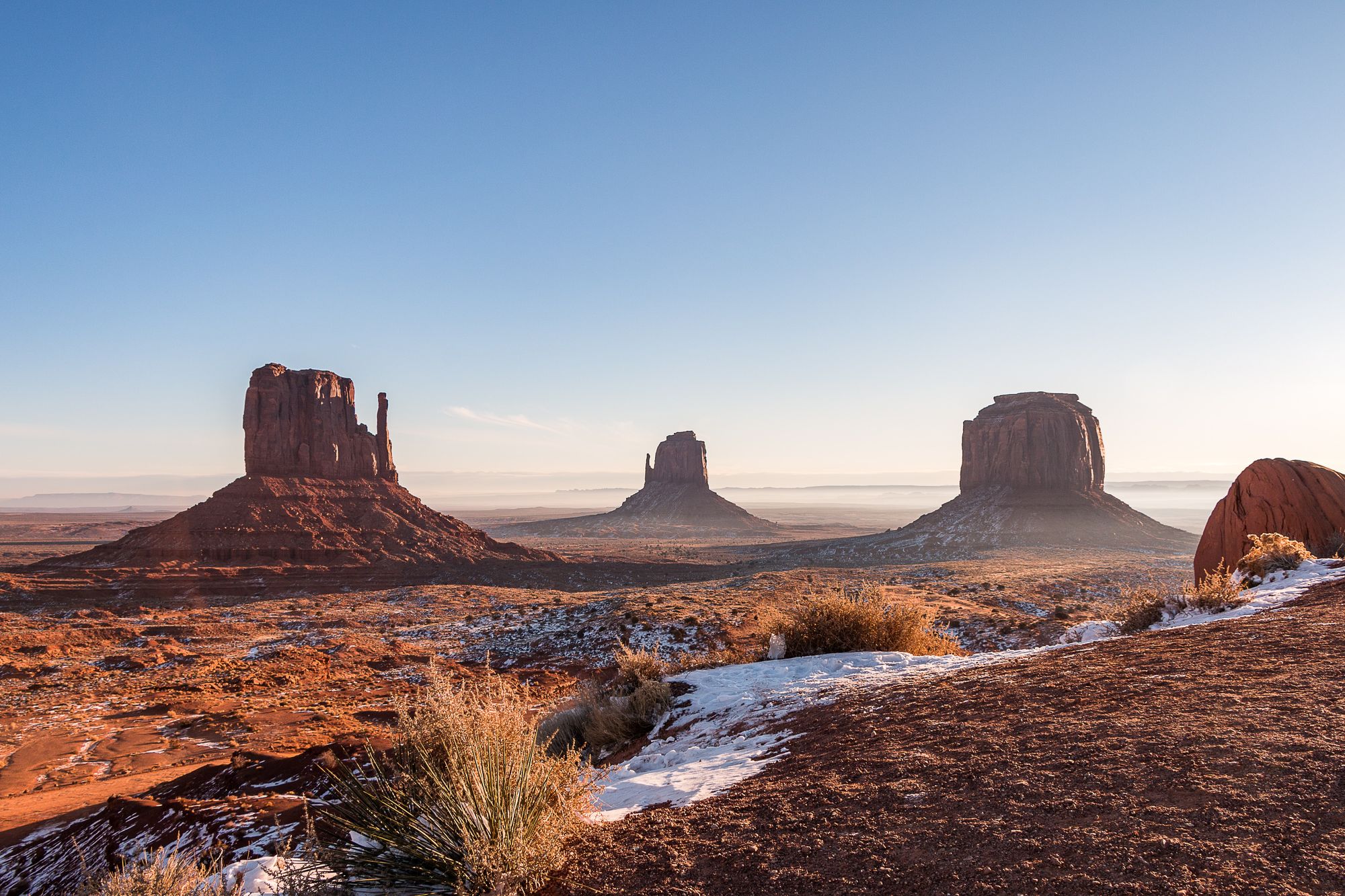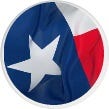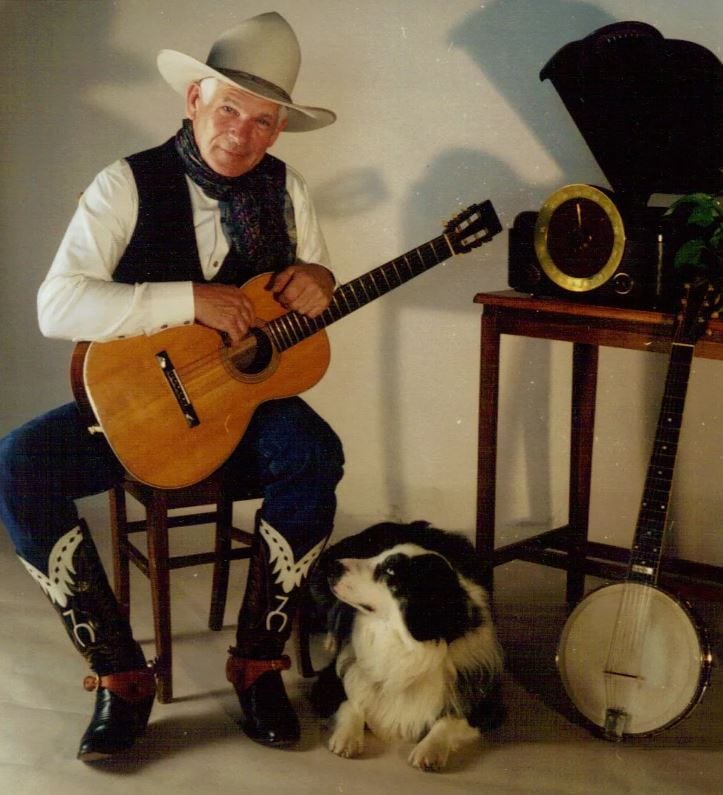Cowboy Down
“One cannot be pessimistic about the West. This is the native home of hope. When it fully learns that cooperation, not rugged individualism, is the quality that most characterizes and preserves it, then it will have achieved itself and outlived its origins." - Wallace Stegner, Western author


My love of the American West has been a part of my character since I was a boy watching black and white cowboy movies on TV with my father. I think it was our only real connection. He stared almost in amazement at men riding fine horses across vast mesas under the open sky and I knew he dreamed of living that unencumbered life. Surely, he was born a hundred years too late. I was never certain how a Mississippi boy who came of age in the Great Depression learned to love the West, but I was equally smitten by the time I was 10 and found library books about Texas and Wyoming and Arizona, their characters and history. I decided almost before high school I was going to leave Michigan and find a way to live in the mountains or desert, far beyond the Mississippi River.
The first summer after high school, I set off hitchhiking with a nylon backpack on an aluminum frame. A stick-like 17-year-old figure standing by the side of the highway, I ought to have been more afraid, but I was not. I saw Lake Michigan for the first time from the bed of a pickup truck down near Gary, Indiana and spent my first night out on the road sleeping beneath an Interstate overpass in Illinois. Any amount of better judgment might have led me to worry and squirm and fret about my choices as the big trucks rumbled overhead all night long and I tried to snuggle up next to a steel girder that held up the roadbed. My heart raced a bit, but only with excitement that I was finally on my way, and not because of any fear.
By the time of the next evening, I had thumbed down a trucker outside of Omaha. He was on his way to San Francisco with a load of refrigerators, I think, from the Amana Colonies in Iowa. I could have continued to the West Coast with him, but he said he would be happy to drop me off anywhere along I-80. I recall his name was Bill, and he did not look the stereotype I had in my head for a trucker. Instead of a paunch from hours of sitting, he was slender and healthy and, as we talked, it was clear he had a love of books and movies and could not wait to get home to his wife and little girl. I rolled along with him most of the way through Wyoming, getting my first views of the Intermountain West and bouncing in the passenger seat with adventurous energy.
I spent that summer with strangers. Most of them shared my nascent love of the West. I got rides up through the Great Basin and down the Truckee River Valley to California’s ocean palisades and along the Pacific Coast Highway to Pismo Beach and further south to the L.A. Basin and San Diego. I went back east to Arizona and up to the Sedona Red Rocks to Oak Creek Canyon and out across the Kaibab Plateau to cast my virgin eyes across the Grand Canyon. I walked down to the Colorado River along the Bright Angel Trail and spent a few nights listening to the perpetual roar of the river as I camped on a sand bar near Phantom Ranch and then I hiked back up and got a few rides across to Northern New Mexico and Taos and down to Santa Fe, but I never made it to Texas. The summer was running out of days, and I knew the Lone Star state required more time and attention than remained.
My youthful geographic crush has never ended, and I have been thinking about it the past few days because of the passage of one of its finest connoisseurs, the cowboy poet singer scholar and historian of the West, Don Edwards. If you had heard him sing, you knew what the mountains might sound like if they had a voice, and his yodel was music of the empty desert sky filling with morning light. Edwards, who lived on a ranch near Hico, Texas, focused his interest on the American cowboy and was as much in love with the mythology of the white hat as he was the less romantic facts of Manifest Destiny. His lyrics cling to what was good about the West, especially Texas, and a life lived by a frontier ethic of self-reliance and respect of nature, not exploitation for profit.
Americans are not the only culture that loves the myth of the West. International tourists come by the tens of thousands each year to visit the national parks of Southern Utah and Northern Arizona. The top three locales for first-time U.S. visitors are New York City, Washington, D.C., and Southern Utah. Most of the American story can be understood by the history of that trio of spots. Within a few hours of each other in Southern Utah, though, are Zion National Park, Bryce Canyon, the Grand Staircase Escalante, Grand Canyon, Monument Valley, Glen Canyon, Canyonlands National Park, Lake Powell, and just a shorter drive distant is Arches National Monument and the red rocks of Moab. There has to be an almost debilitating sense of wonder for an outlander to look upon those landscapes and imagine the strength of will to cross isolated expanses and find a place to make a life.
I was once riding my motorcycle on a two-lane near Fry Canyon in Utah. The sky was obsidian black awaiting a new moon and starlight seemed to illuminate the road. There was not a single light visible in any direction and the darkness felt like it had substance. The Canyonlands were northeast of my track, and I was anxious to find a campsite in the dark, but I pulled over and stopped to experience the isolation. I had never experienced total silence, most of us never do. I thought there might be a possibility there on that volcanic flat. I expected headlights to approach across the valley, but there was no sign of humanity when I turned off the 450cc engine.
I stepped off the bike, unbuckled my helmet, and looked up into the infinity that defied my small brain. The engine ticked as the cylinders gave off their heat, which caused me to walk away from the motorcycle. I was as alone as any soul on the spinning globe and there was not a sound. I think as long as I had breathed, I had been hearing things, instructions, orders, music, laughter, traffic, the wind and rain, and slamming doors. I was suddenly, instead, in the sweet throes of silence without the rumble of automobiles or people talking or the cascading decibels of commerce. I was hearing the absence of sound as austere and complete as it was after the world had cooled, and I did not know in that moment if I was joyful or afraid.
The West and its history have always been as complicated as it is beautiful. Don Edwards, artists, and historians have rendered its glories in paint and stone and steel and words. Nothing, of course, is ever so sweet and perfect. The blood and thunder of westward migration ruined lives and eliminated indigenous families while also wiping out native species like the buffalo. The cowboy was as complicit as the land brokers and the U.S. military setting up posts and reducing Indians to acts of desperation. There was not much romantic about westward movement. Along the Oregon Trail, there is estimated to be ten deaths per mile from disease and attacks from native tribes. People died traversing a landscape where they did not belong.

Don Edwards, Cowboy Troubadour, RIP
The American cowboy, though, was a figure far different than perceived by our comforting traditional images. In fact, he was not truly born until the post-Civil War era when soldiers coming home discovered there were millions of wild longhorn cattle roaming the Texas and Mexico border region. They reckoned if those animals could be driven to existing rail heads in Kansas, they could be sold for nice profits to the cattle markets in St. Louis and Chicago, a notion which led to the translocation of 10 million head of cattle in less than twenty-five years. The cattle drives ended when the railroad’s reach expanded but the cowboy has ridden on through American imagery and history.
History, of course, is written by the conquerors, and in America, it was penned by white men. We have known little of the full story of cowboys. In fact, until Larry McMurtry’s “Lonesome Dove” novel of the great American cattle drives, we had little concept that Africans brought to this country were included among the drovers. Historians estimate that one in four cowboys pushing cattle up the Chisholm or Goodnight-Loving Trails in Texas were black, but you just never saw them in story or song. They were invisible, out on the far horizon. The European culture that settled the U.S. wanted the story to be about white people, taming the Indian and the land. Whose children have ever read a book with pictures of black cowboys? Does such a publication exist?
The first cowboys in the Western hemisphere were Mexican and Spanish in heritage. In North America, there were no horses before the Spaniards invaded Mexico and brought the animals to the west. They bred and began a proliferation of herds that were ridden by young men who rounded up cattle for the vast ranches of Mexico and made their way north with missionaries and expanding ranching and exploratory expeditions. Wild mustangs broke from ranching operations and herds grew and spread across the West and the Great Plains. By the time European settlers were moving through and past the contours of civilization to find their place in the west, indigenous tribes had mastered the horse and made for fearsome adversaries.
The story of the West, however, may be best told in fiction. Cormac McCarthy’s, “Blood Meridian” is likely the truest rendering of the anarchy that existed beyond the reach of the law. Men rode in groups and raided small communities and took what they wanted and killed anyone who could provide a scalp, for which the Mexican government paid $1.50. The money was supposed to go for Apache scalps to end their depredations of settlements and business transactions by wagons carrying goods and produce. But a scalp is a scalp, and a buck is a buck. James Kirker, an Irishman who found his way west, worked with the Mexican government to end invasions south of the border by Apache warriors, and was paid for each scalp he delivered.
There is, nonetheless, an enduring and undeniable romance in the West. Even in the 21st century, people envision an ability to create their own world under the big sky and be completely self-reliant. It is mythological nonsense, often, to think such things are possible in the modern era, but we hold fast to the stories that inspire, even when they are tainted by fiction. The hard truth is that we committed genocide of native peoples and the cowboy was not that heroic, and we took land that was not ours and made fortunes we did not truly earn. The cowboy was an icon, and always will be, and we will not get shed of his image, nor should we try. Whatever he was, it was not the way he was described, nor is America.
Take the horseman off the land, though, and let your vision and your heart run free, and you will understand why so many dream of the West. Everything seems possible out here. America might even live up to its founding promise in this big space. Even if it doesn’t, there is that big sky, and every day when the sun begins to cross it, there is a suggestion of endless possibilities. How can you resist? The cowboy is no longer necessary or relevant. But he is worth remembering. Nothing big happens without adventure and risk.
And he has blazed the American trail.